Uterine fibroids- symptoms, causes, and treatments
Uterine fibroids are not cancerous and can be treated. Uterine fibroids are treated in various forms and are effective. Treatment is done by experts.
Uterine fibroids happen to be common growths of a woman’s uterus. Uterine fibroids are not cancerous. They are not associated with a higher risk of other types of cancer in the woman’s uterus either. They are referred to as leiomyomas (lie-o-my-muhs) or myomas.
Fibroids do vary in number and size. The woman can have a single fibroid or even more. A few growths are too small to see with the eyes. Others can, of course, grow to the size of a grapefruit or even larger. A fibroid that does get very big can distort the inside and outside of the uterus. In a few extreme cases, a few fibroids grow large enough to fill the pelvis or even the stomach area. They can make a person look pregnant.
Many people do suffer from uterine fibroids sometime during their lives.
Symptoms
Fibroid locations
Several patients have uterine fibroids and do not have any symptoms. For those who do, symptoms can be influenced by the location, size, and number of fibroids.
The most common symptoms of uterine fibroids include:
- Heavy menstrual bleeding or even painful periods.
- Longer or more frequent periods.
- Pelvic pressure or pain.
- Frequent urination or even trouble urinating.
- Growing stomach area.
- Pain in the stomach area or lower back, or perhaps pain during sex.
Rarely, a fibroid can indeed cause sudden, serious pain when it outgrows its blood supply and then starts to die.
Often, fibroids are grouped by their location. Intramural fibroids do grow within the muscular wall of the uterus. Submucosal fibroids tend to bulge into the uterine cavity. Subserosal fibroids form on the outside of the person’s uterus.
Causes
The exact cause of uterine fibroids is not all that clear. These factors do play a role:
- Gene changes – Several fibroids contain changes in genes that differ from those in typical uterine muscle cells.
- Two hormones known as estrogen as well as progesterone do cause the tissue that lines the inside of the uterus to thicken during each menstrual cycle in order to prepare for pregnancy. These hormones do seem to help fibroids grow.
Fibroids are supposed to contain more cells that estrogen and progesterone bind to as compared to uterine muscle cells. Fibroids do shrink after menopause due to a drop in hormone levels.
- Other growth factors – substances that do help the body maintain tissues, like insulin-such as growth factor, may affect fibroid growth.
- Extracellular matrix (ECM) – This material does make cells stick together, like mortar between bricks.
More about uterine fibroids
The growth patterns of uterine fibroids do vary. They may rather grow slowly or even fast. They may remain the same size. Some fibroids disappear via growth spurts, and some shrink on their own.
Fibroids that form during pregnancy can indeed shrink or go away after pregnancy, as the uterus does revert to its usual size.
Uterine fibroids treatment
Small fibroids do often not require treatment, but larger fibroids can be treated with medications or even perhaps surgery. Uterine fibroids are growths made up of muscle and connective tissue.
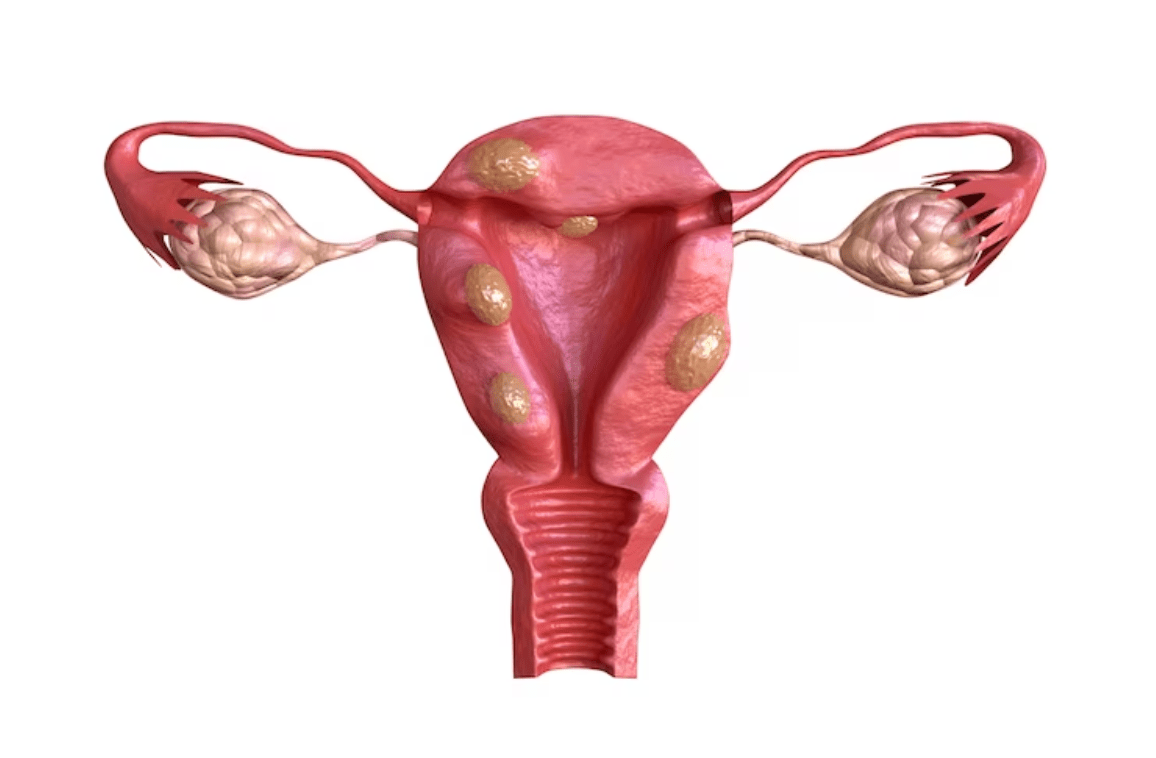
Uterine fibroids- symptoms, causes, and treatments
A doctor may suggest different treatments depending on the severity of the symptoms and the location of the fibroids.
Medication
The first line of treatment for fibroids is medication.
Nonsteroidal anti-inflammatory drugs
Nonsteroidal anti-inflammatory drugs, like ibuprofen, can reduce fibroid pain, but they do not really reduce bleeding.
Hormonal birth control
Oral contraceptives help regulate the ovulation cycle and can perhaps help reduce the amount of pain or bleeding during periods. Low-dose hormonal birth control does not make fibroids grow.
Surgery
If severe fibroids are not responding to more conservative treatment options, then surgery can be a better option.
Lifestyle changes
Maintaining a moderate weight by getting regular exercise and also eating a healthy diet helps moderate estrogen levels, reducing fibroids.
Conclusion
Uterine fibroids are treated by professionals.

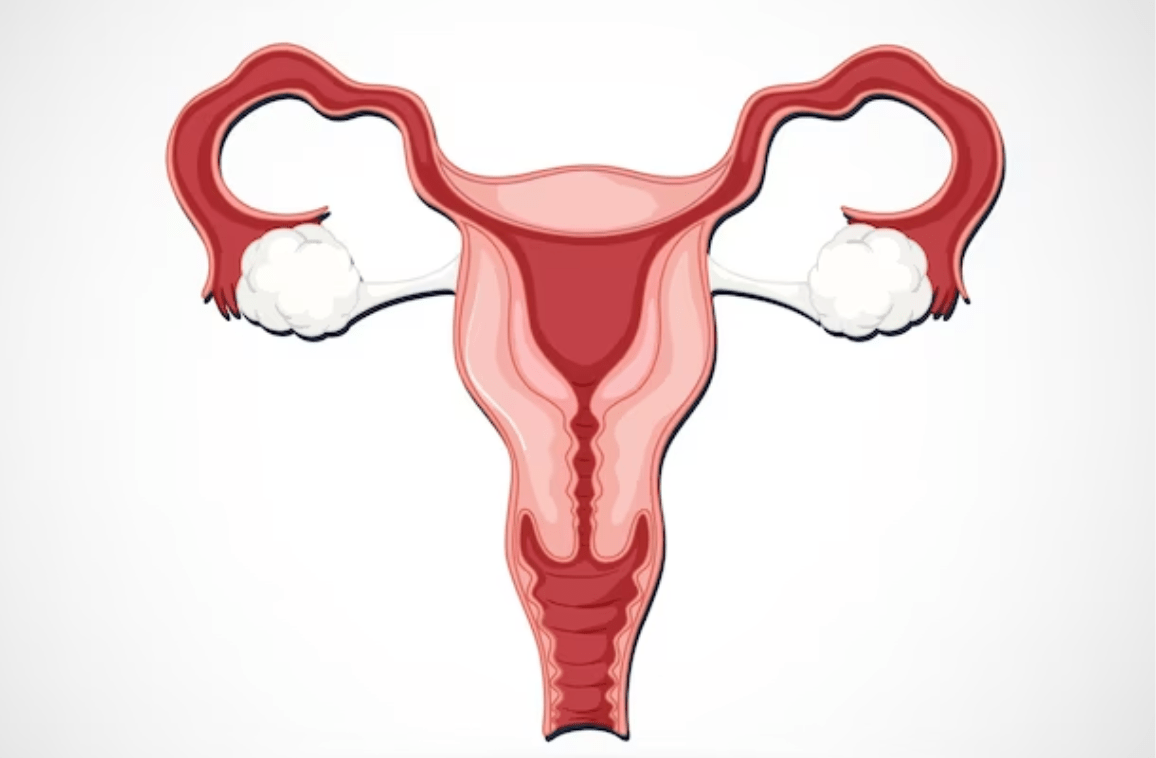

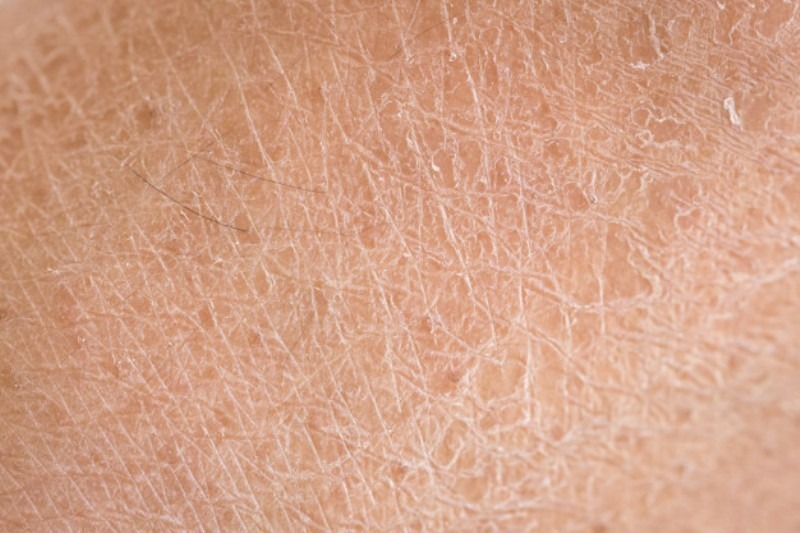
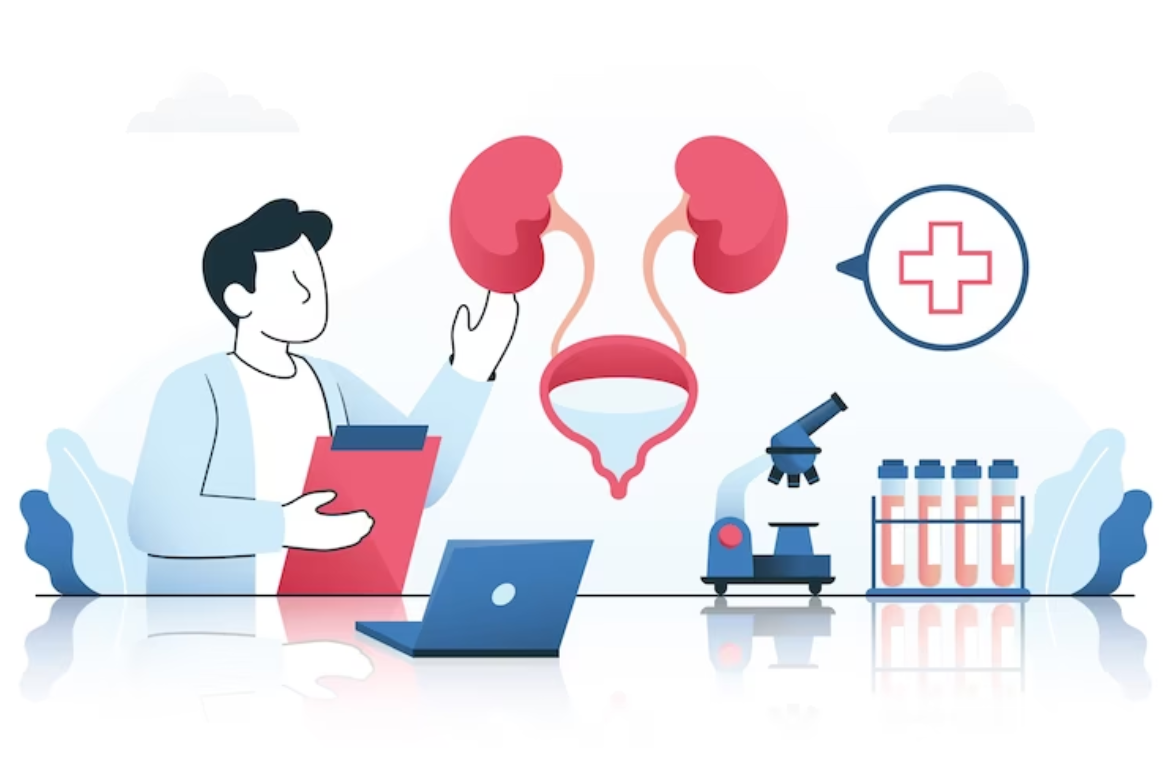
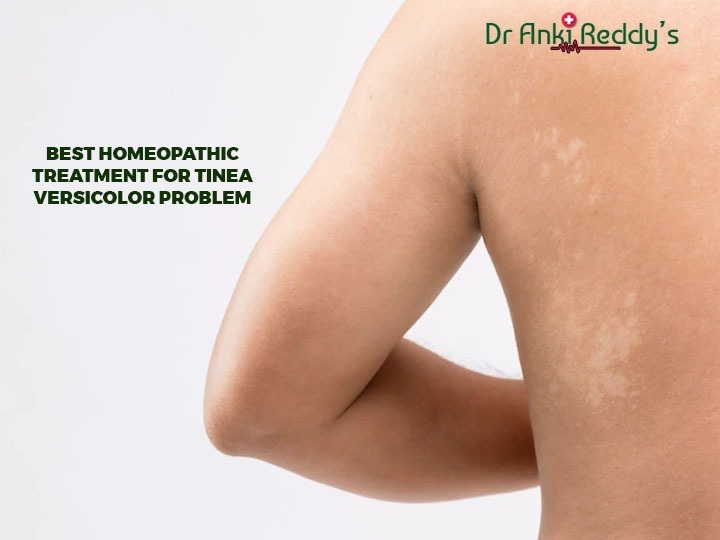
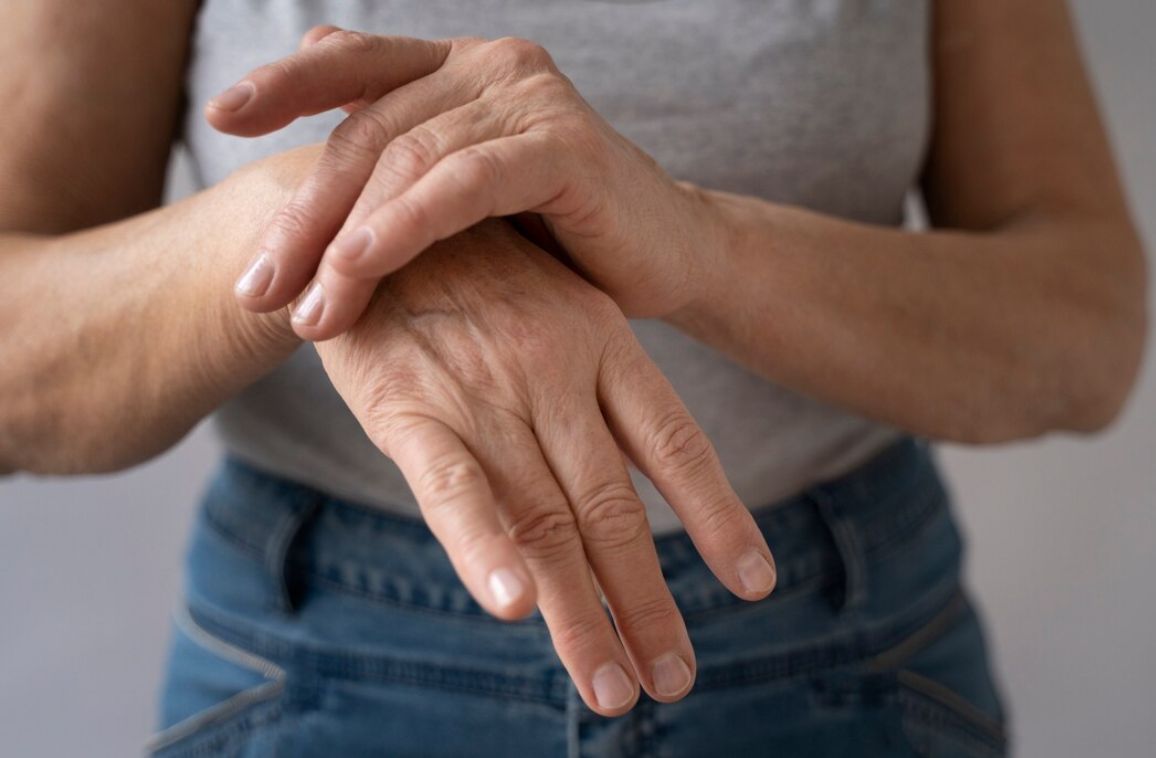

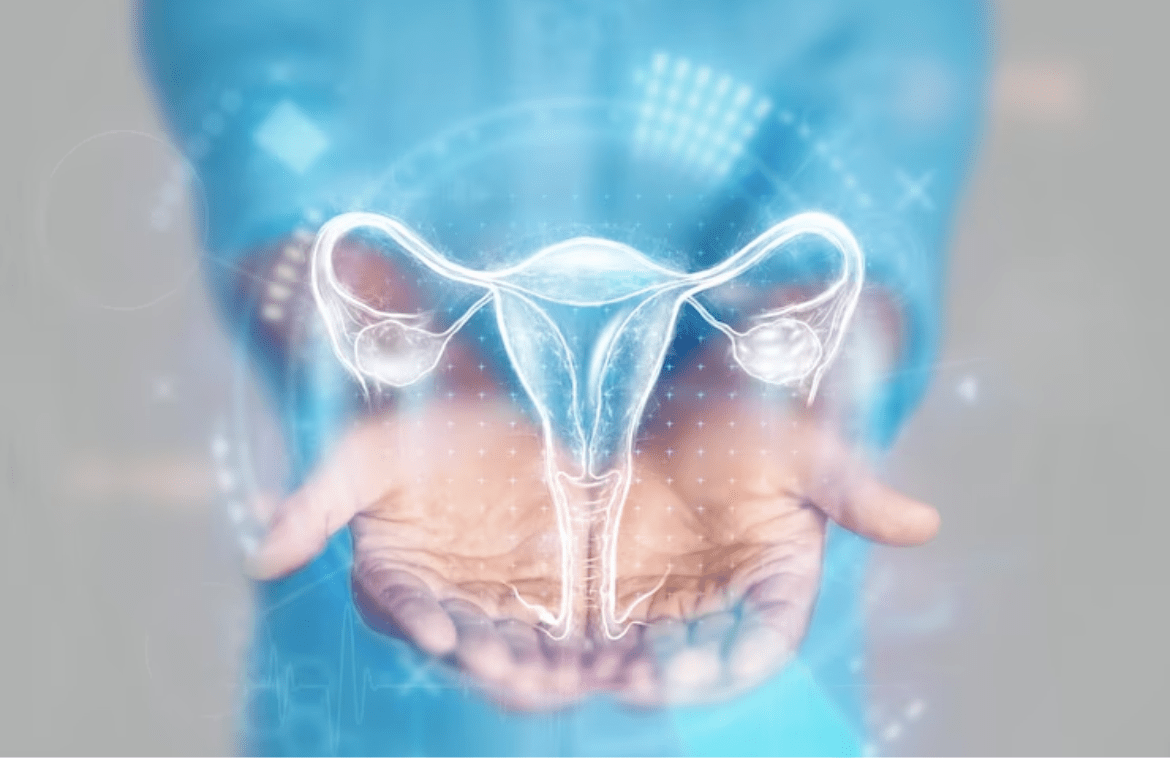
There are no comments